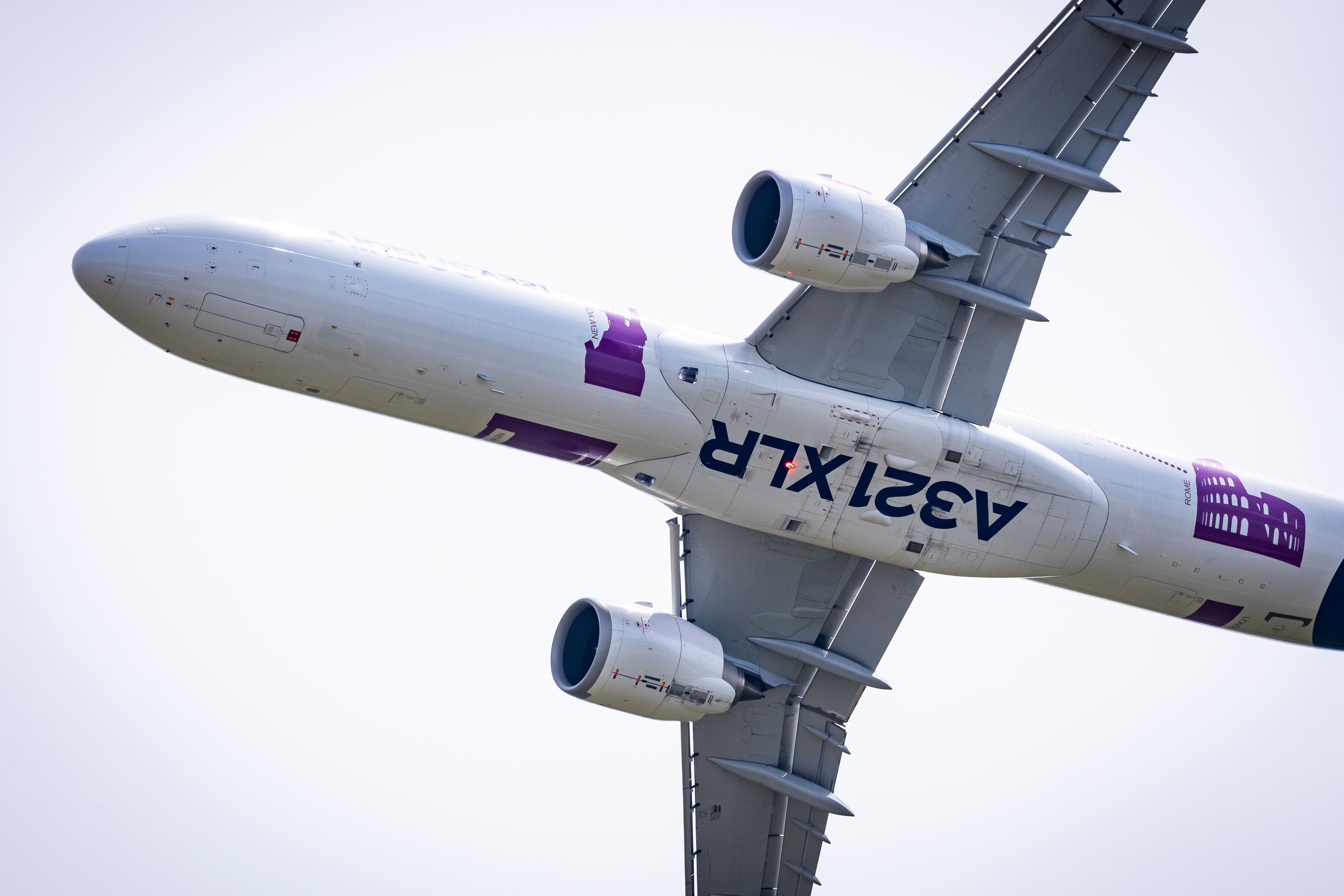How Do The Airbus A321 & A321XLR Differ?
The Airbus A321 and the Airbus A321XLR share many similarities but also exhibit notable differences. The untrained eye may find these popular narrowbody aircraft identical. However, aviation enthusiasts and avid travelers alike can spot their differences almost immediately.
The first- and second-generation A321 jets have become a vital parts of many airlines’ narrowbody fleets. This article will examine the differences between these two critical jets, break down each variant, and discuss their historical development and prospects.
A321 Versus A321XLR

The most significant difference between the A321 and A321XLR is the range each variant can travel. According to the Lufthansa Group, one of the last remaining operators of the original A321, the A321-100 and -200 variants can fly just over 3,000 nautical miles. However, the XLR offers a range of nearly 5,000 nautical miles, as reported by Airways Magazine. As always, the exact range is determined by an airline’s seating configuration.
More specifically, the fuel tank configuration is a significant difference between the two jets. Between the two original variants of the A321, Airbus offered four different fuel hold configurations. According to Airbus, the A321-200 can be equipped with an additional two auxiliary fuel tanks, allowing the -200 variant to travel further than its -100 variant sibling. The A321XLR has been fitted with several additional fuel tanks, in addition to a larger rear center tank.
The exterior of the fuselage features key aesthetic differences between the two jetliners. The A321 is equipped with “Type C” emergency exit doors, which, according to Aviation Reproduction, are floor-level exits that resemble actual boarding doors, resulting in the A321 looking rather unique among its narrowbody competitors, which typically feature traditional over-wing window exits.
When the A321 was developed, Airbus chose to remove the smaller over-wing window exits to allow for a higher-density seating configuration. The XLR’s emergency exits can be configured in several different ways. However, all variants of the XLR will have either one or two traditional over-wing window exits, due to its lower density configuration. Behind the XLR’s wings, a misaligned “plug” style window can be noticed in place of a Type C-style door exit. This plug-style window provides airlines with versatility in their seating configurations. An airline can easily install a Type C exit door should it choose to add more seating in the cabin.
The XLR engines appear to be wider, larger, and rounder than the A321 engines. The engines on the original A321 seem to be longer and slightly narrower, as reported by Airport Technology. The chart below displays the engine types found on both the A321 and the XLR.
| Variant: | Engine Type: | Manufacturer: |
|---|---|---|
| A321-100 | CFM56 (Most Common) | CFM International |
| A321-200 | V2500 | International Aero Engines |
| A321XLR | LEAP-1A, PW1100G | CFM International, Pratt & Whitney |




Leave a Reply